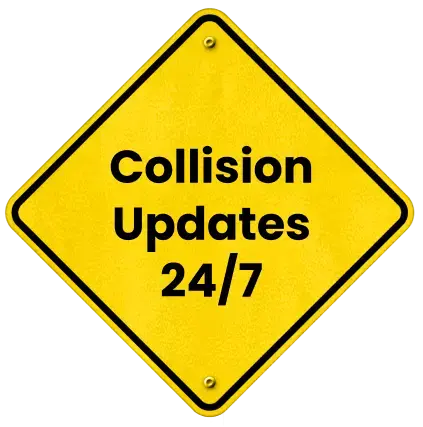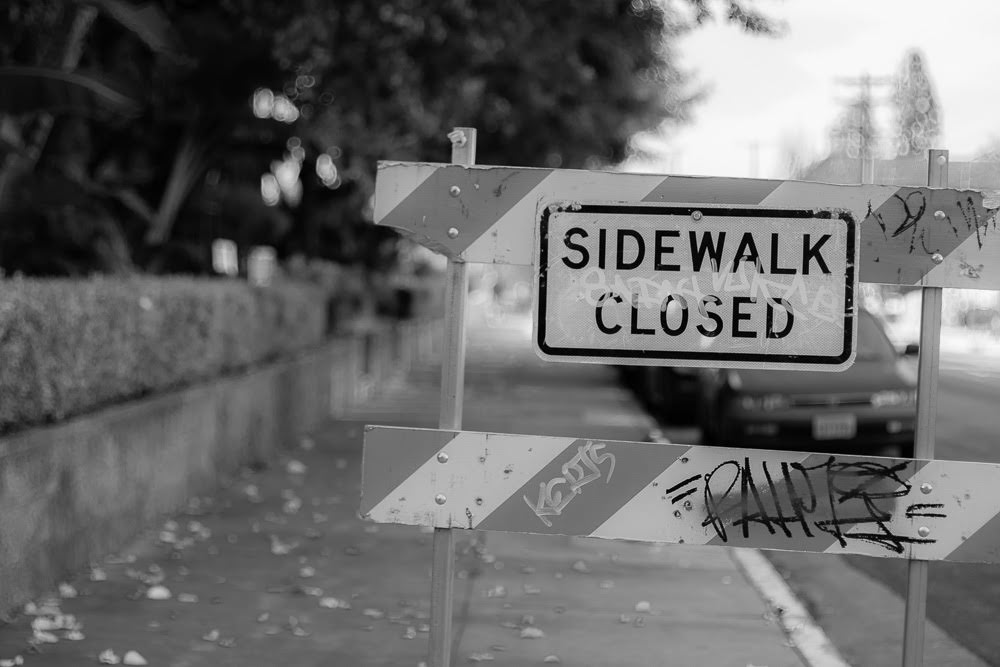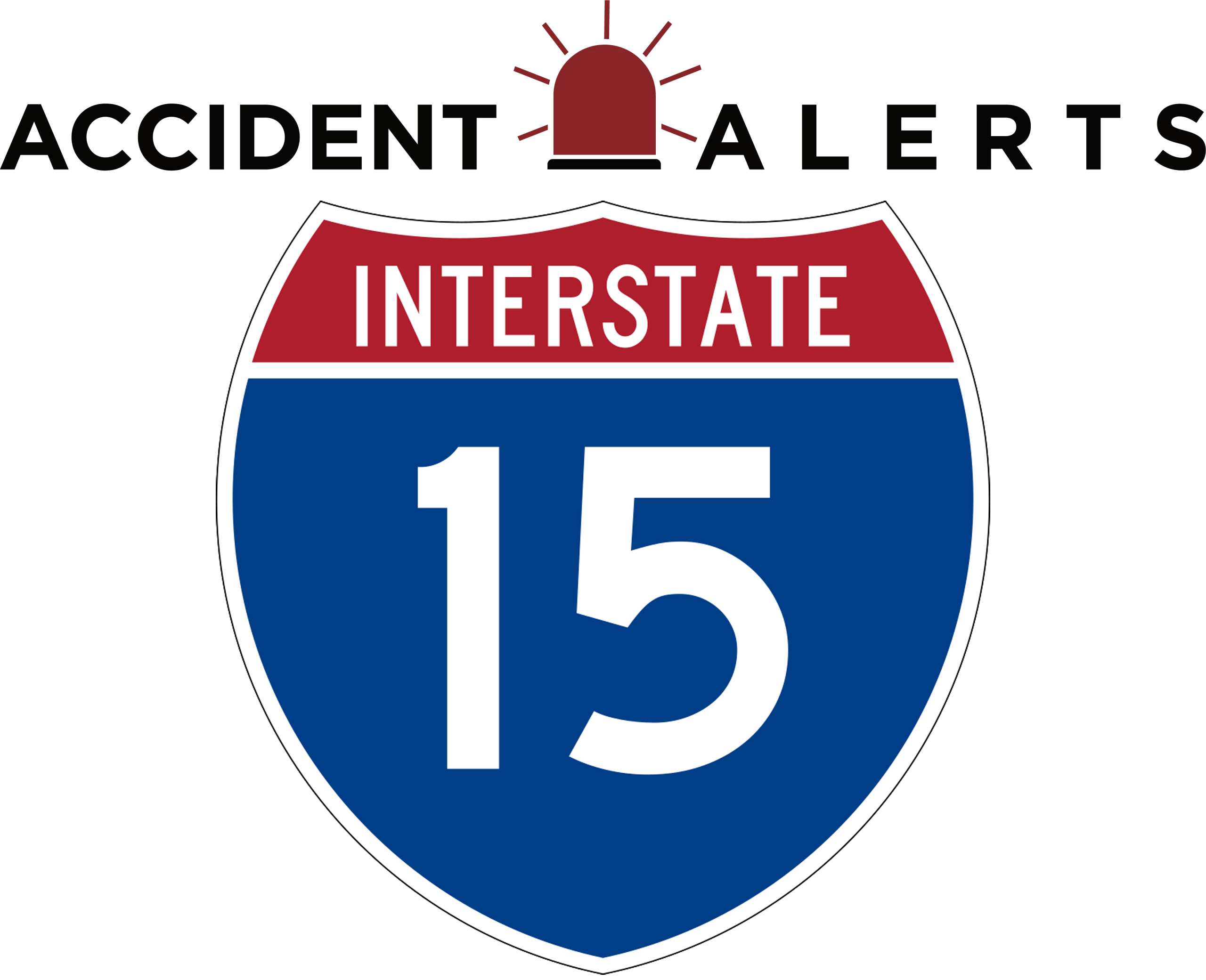
Construction Zone Crashes on I-15: Who’s Liable?


Interstate 15 (I-15) serves as a critical transportation corridor stretching through California, Nevada, Utah, and beyond, connecting major metro areas such as San Diego, Las Vegas, and Salt Lake City. It’s also a freeway that seems to be in a constant state of repair or expansion. From resurfacing projects and bridge work to large-scale reconstruction, construction zones along I-15 are unavoidable.
Unfortunately, these work areas often bring added risks for drivers, contractors, and workers alike. In this post, we will explore the dangers surrounding construction zones on I-15, who is liable for a crash in a construction zone, and also provide some safety tips and guidance for drivers when traveling on I-15.
Why Construction Zones on I-15 Are So Dangerous
I-15 construction zones present unique driving challenges that increase the likelihood of collisions. Lane reductions, temporary detours, uneven surfaces, and shifting traffic patterns can cause confusion, especially for drivers unfamiliar with the area. Reduced speed limits and narrow shoulders leave little room for error, and one distracted or impatient driver can trigger a multi-vehicle crash within seconds.
In addition, nighttime construction, common on I-15 to minimize traffic disruption, introduces visibility issues. Insufficient lighting or poorly placed cones and barriers can make it difficult for drivers to distinguish active work areas from open lanes. Sudden lane closures and abrupt stops also increase the risk of rear-end and side-swipe collisions, particularly when large commercial trucks are involved.
Weather can amplify these hazards even further. Dust, rain, or desert wind gusts along the I-15 corridor can obscure vision or reduce traction, creating a dangerous combination when traffic is already constricted by construction activity.
Who’s Liable for a Construction Zone Crash on I-15?
When an accident occurs within a freeway work zone, determining liability can be far more complicated than in a typical crash. While drivers are often blamed for speeding or inattention, contractors, subcontractors, and even government agencies may share responsibility if the construction site was not properly designed, marked, or maintained.
Contractors and construction companies have a legal duty to follow state and federal safety standards for work zones, including proper signage placement, lighting, and traffic control. If a contractor failed to warn motorists of upcoming lane shifts, failed to secure equipment, or ignored maintenance-of-traffic plans (MOT), they could be held liable for resulting injuries and property damage. Similarly, subcontractors who operate heavy machinery or move equipment without proper flagging procedures may bear responsibility if their actions cause or contribute to a crash.
Government entities, such as state departments of transportation, may also share liability in certain cases. If the overall design of the construction zone created unsafe conditions or if the agency failed to enforce contractor compliance, victims may be able to pursue claims under limited waivers of sovereign immunity.
Of course, driver negligence still plays a significant role in many I-15 construction zone accidents. Speeding, tailgating, or distracted driving can all increase the likelihood of rear-end collisions or rollovers. In some cases, liability may be shared between multiple parties, for instance, a speeding driver colliding in a poorly marked lane closure.
How Attorneys Determine Fault
Investigating a construction zone crash requires a specialized approach. Attorneys often gather a wide range of evidence to determine who was negligent and how their actions contributed to the collision. Key materials can include:
- Maintenance-of-Traffic plans showing how cones, barriers, and signage were intended to guide vehicles safely.
- Daily inspection logs verifying whether safety devices were properly maintained.
- Dashcam or surveillance footage from nearby vehicles or businesses documenting the crash.
- Witness statements and official police reports clarifying whether temporary traffic controls were correctly implemented.
- Expert testimony from engineers or roadway safety specialists analyzing whether the work zone design met required safety standards.
This evidence helps attorneys identify whether a contractor, driver, or agency failed to uphold their duty of care, and therefore, who bears financial responsibility for the crash.
Safety Guidance for Drivers Traveling Through I-15 Work Zones
While construction projects are a necessary part of maintaining and improving infrastructure, drivers can take practical steps to reduce the risk of accidents when traveling through I-15 work zones. The most important precaution is to slow down and obey posted speed limits. Reduced speed zones are not only designed to protect construction workers but also to give drivers more time to react to sudden lane changes, uneven pavement, or stopped vehicles ahead.
It’s equally important to stay alert and minimize distractions. Avoid using your phone, adjusting your GPS, or handling in-car devices when driving through areas where traffic patterns frequently shift. Construction zones require a driver’s full attention, as cones, barriers, and signage can appear quickly and may differ from the usual road setup.
Drivers should also increase their following distance to allow more time to brake safely. Traffic often slows or stops abruptly near merge points or flagger-controlled intersections, and maintaining extra space can help prevent rear-end collisions.
In addition, always follow signage carefully. Temporary construction signs typically override standard traffic rules and guide vehicles safely through detours or narrowed lanes. Ignoring these instructions can lead to confusion and unnecessary risks.
Finally, watch for workers and construction vehicles at all times. Heavy equipment may enter or exit active lanes unexpectedly, especially during material deliveries or lane shifts. By driving cautiously and staying aware of surroundings, motorists can help prevent serious crashes and ensure a safer environment for everyone navigating I-15 work zones.
Protect Your Rights After an I-15 Construction Zone Crash: Call an I-15 Accident Lawyer
After a crash in an I-15 work zone, victims should immediately call 911, seek medical attention, and document the scene with as much detail as possible. Photos and videos of the vehicles, road layout, signage, lighting, and any visible hazards can serve as crucial evidence later. It’s also important to record information about the construction site itself, including the contractor’s name, equipment placement, and whether traffic control devices were visible and functioning properly.
Because freeway construction often involves several contractors, subcontractors, and state agencies, identifying who was responsible for unsafe conditions can be complex. Each entity has specific duties regarding site design, maintenance, and traffic management, and when those duties are breached, victims may be entitled to compensation for their injuries and financial losses.
Working with an experienced accident attorney who specializes in construction zone crashes is the best way to protect your rights. A lawyer can gather records from state transportation departments, secure expert analysis, and determine whether driver negligence, poor site design, or contractor oversight contributed to the collision. They can also handle communication with multiple insurers and ensure that every responsible party is held accountable.
If you or a loved one was injured in an I-15 construction zone crash, don’t wait to get the help you need. Contact a qualified I-15 accident lawyer today to discuss your case, understand your legal options, and take the first step toward recovering fair compensation.
